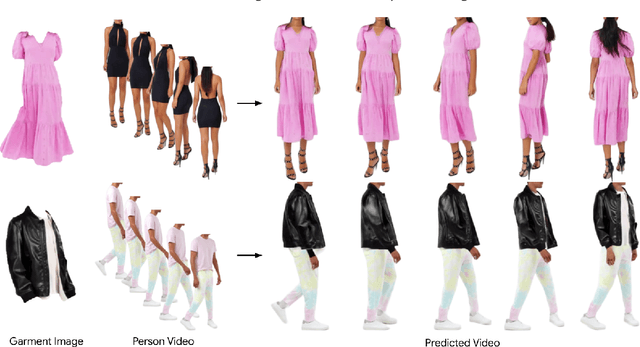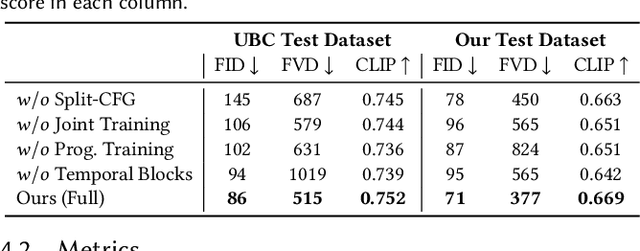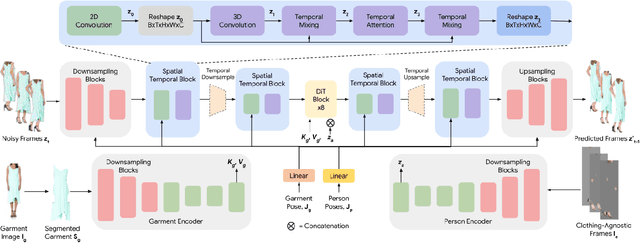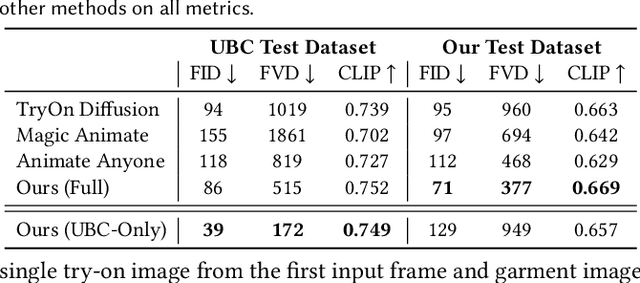Chris Lee
Knowledge Distillation Neural Network for Predicting Car-following Behaviour of Human-driven and Autonomous Vehicles
Nov 08, 2024



Abstract:As we move towards a mixed-traffic scenario of Autonomous vehicles (AVs) and Human-driven vehicles (HDVs), understanding the car-following behaviour is important to improve traffic efficiency and road safety. Using a real-world trajectory dataset, this study uses descriptive and statistical analysis to investigate the car-following behaviours of three vehicle pairs: HDV-AV, AV-HDV and HDV-HDV in mixed traffic. The ANOVA test showed that car-following behaviours across different vehicle pairs are statistically significant (p-value < 0.05). We also introduce a data-driven Knowledge Distillation Neural Network (KDNN) model for predicting car-following behaviour in terms of speed. The KDNN model demonstrates comparable predictive accuracy to its teacher network, a Long Short-Term Memory (LSTM) network, and outperforms both the standalone student network, a Multilayer Perceptron (MLP), and traditional physics-based models like the Gipps model. Notably, the KDNN model better prevents collisions, measured by minimum Time-to-Collision (TTC), and operates with lower computational power, making it ideal for AVs or driving simulators requiring efficient computing.
Fashion-VDM: Video Diffusion Model for Virtual Try-On
Nov 04, 2024



Abstract:We present Fashion-VDM, a video diffusion model (VDM) for generating virtual try-on videos. Given an input garment image and person video, our method aims to generate a high-quality try-on video of the person wearing the given garment, while preserving the person's identity and motion. Image-based virtual try-on has shown impressive results; however, existing video virtual try-on (VVT) methods are still lacking garment details and temporal consistency. To address these issues, we propose a diffusion-based architecture for video virtual try-on, split classifier-free guidance for increased control over the conditioning inputs, and a progressive temporal training strategy for single-pass 64-frame, 512px video generation. We also demonstrate the effectiveness of joint image-video training for video try-on, especially when video data is limited. Our qualitative and quantitative experiments show that our approach sets the new state-of-the-art for video virtual try-on. For additional results, visit our project page: https://johannakarras.github.io/Fashion-VDM.
SpeechStew: Simply Mix All Available Speech Recognition Data to Train One Large Neural Network
Apr 27, 2021

Abstract:We present SpeechStew, a speech recognition model that is trained on a combination of various publicly available speech recognition datasets: AMI, Broadcast News, Common Voice, LibriSpeech, Switchboard/Fisher, Tedlium, and Wall Street Journal. SpeechStew simply mixes all of these datasets together, without any special re-weighting or re-balancing of the datasets. SpeechStew achieves SoTA or near SoTA results across a variety of tasks, without the use of an external language model. Our results include 9.0\% WER on AMI-IHM, 4.7\% WER on Switchboard, 8.3\% WER on CallHome, and 1.3\% on WSJ, which significantly outperforms prior work with strong external language models. We also demonstrate that SpeechStew learns powerful transfer learning representations. We fine-tune SpeechStew on a noisy low resource speech dataset, CHiME-6. We achieve 38.9\% WER without a language model, which compares to 38.6\% WER to a strong HMM baseline with a language model.
 Add to Chrome
Add to Chrome Add to Firefox
Add to Firefox Add to Edge
Add to Edge